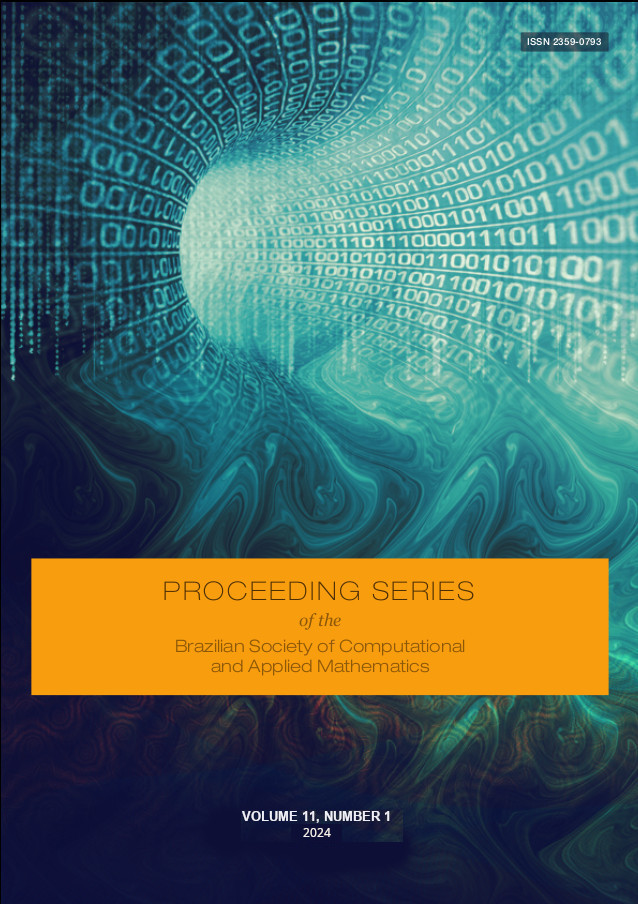ANN-Flux Method to the Solution of Nonlinear Conservation Laws
the Shock and the Rarefaction Cases
Keywords:
Artificial neural networks, Nonlinear conservation laws, Riemann problem, Shock waves, Rarefaction waves, Multilayer perceptron, Automatic differentiationAbstract
Artificial neural networks (ANNs) have been successfully applied to solve partial differential equations, mainly after the emergence of the physics-informed neural networks (PINNs). Applications to nonlinear conservation laws are also notable, including PINNs for high-speed flows, conservative PINNs (cPINNs), and weak PINNs (wPINNs). In this work, we propose the new ANN-Flux method to solve the Riemann problem for the nonlinear conservation law with given left and right states and flux function. The entropic solution of the problem with a convex flux function is either a shock or a rarefaction wave depending on the left and right states. The ANN-Flux method is designed for complex fluxes, which are costly to be evaluated, differentiated, or inverted. The method consists of approximating the flux by a multilayer perceptron (MLP) neural network classically trained to minimize the mean squared error (MSE) loss with a generated data set. For the simple shock wave case, the solution is approximated by substituting the flux by the neural network. For a rarefaction case, a second MLP neural network learns to approximate the inverse of the derivative of the flux. The evaluation of the derivative can be efficiently computed by automatic differentiation. The method has shown very good results for the Burgers equation and will be applied to more complex conservation laws in future work.
Downloads
References
P. Amorim, R. Colombo, and A. Teixeira. “On the numerical integration of scalar nonlocal conservation laws”. In: ESAIM: Mathematical Modelling and Numerical Analysis 49.1 (2015), pp. 19–37. doi: 10.1051/m2an/2014023.
A. G. Baydin, B. A. Pearlmutter, A. A. Radul, and J. M. Siskind. “Automatic Differentiation in Machine Learning: a Survey”. In: Journal of Machine Learning Research 18.153 (2018), pp. 1–43.
S. Haykin. Neural Networks and Learning Machines. 3a. ed. New York: Pearson, 2009. isbn: 9780131471399.
A. D. Jagtap, E. Kharazmi, and G. E. Karniadakis. “Conservative physics-informed neural networks on discrete domains for conservation laws: Applications to forward and inverse problems”. In: Computer Methods in Applied Mechanics and Engineering 365 (2020), p. 113028. doi: 10.1016/j.cma.2020.113028.
Z. Mao, A. D. Jagtap, and E. G. Karniadakis. “Physics-informed neural networks for high-speed flows”. In: Computer Methods in Applied Mechanics and Engineering 360 (2020), p. 112789. doi: 10.1016/j.cma.2019.112789.
M. Raissi, P. Perdikaris, and G. E. Karniadakis. “Physics-informed neural networks: A deep learning framework for solving forward and inverse problems involving nonlinear partial differential equations”. In: Journal of Computational physics Vol. 378 (2019), pp. 686–707. doi: 10.1016/j.jcp.2018.10.045.
T. Ryck, S. Mishra, and R. Molinaro. wPINNs: Weak Physics informed neural networks for approximating entropy solutions of hyperbolic conservation laws. 2022. doi: 10.48550/arXiv.2207.08483. arXiv: 2207.08483 [math.NA].

